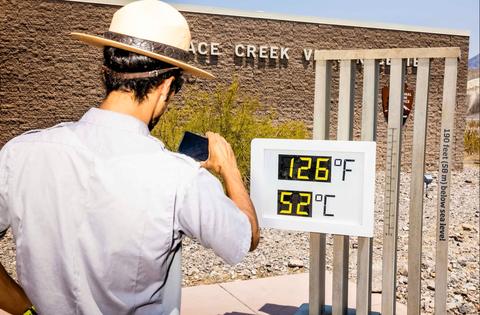
It is now common knowledge that the U.S. is one of a handful of countries that still use non-SI measurements in our daily lives and in many commercial transactions. In fact, the U.S. system is considered a hybrid system, in which both U.S. customary and metric system measurements are used routinely. In the grocery store, we commonly use a mix of milliliters, liters, grams, kilograms, quarts, pints, and pounds. In contrast, a visit to the doctor's office will involve (mostly) SI units, as healthcare measurements are commonly conducted (and recorded) using the metric system.
NIST OWM's Elizabeth Benham was recently interviewed by National Geographic and described some of the reasons behind the U.S.'s lagged adoption of the metric system, including how a voluntary approach to adoption can slow down progress. She notes that “It’s been legal to use the metric system in the United States since 1866," and that the metric system is the nation’s preferred system of measurement for trade and commerce. Elizabeth also reports that voluntary U.S. Metrication is indeed possible and provides some examples of how individuals can include metric measurements in their daily lives, such as using degrees Celsius (oC) instead of Fahrenheit (oF) on smartphone apps.
Please see all of Elizabeth Benham's insights and complete comments in the full National Geographic article "Here's the real reason the U.S. doesn't use the metric system."

To learn more about the metric system and how you can be involved in metrication, please visit the OWM Metric Program's Everyday with Metric and U.S. Metrication FAQs.
Also, visit OWM's Metric (SI) Program main page for further information regarding metric policy and education resources, unit conversion best practices, explanations of SI units, and more.

